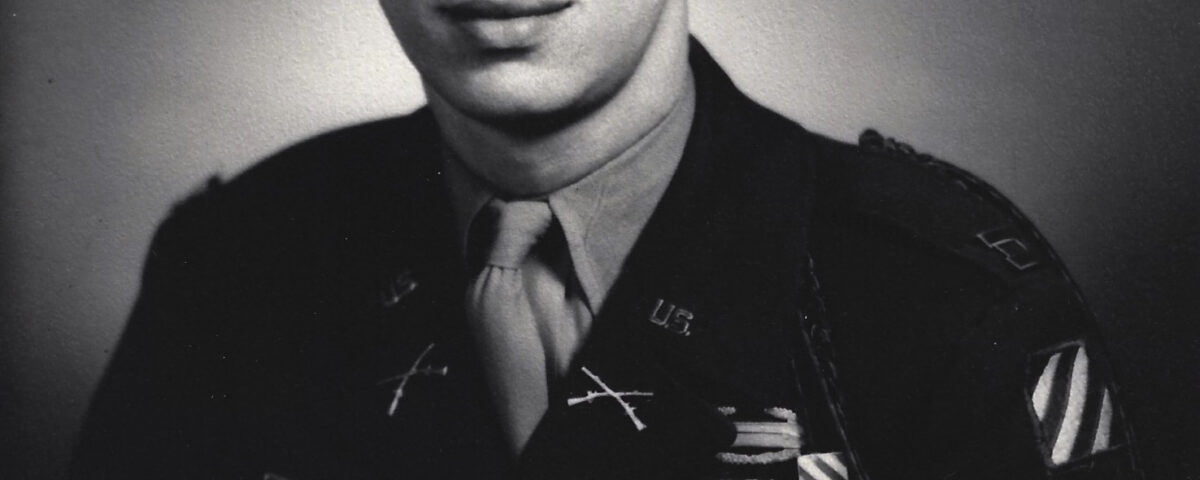
Using faith flags, faith stories, & faith prescriptions in clinical practice (ICMDA Webinar – 4 of 5)
May 8, 2024
May 9, 1944 — Phil writes his mom from Anzio about his first possible promotion
May 9, 2024May 8, 1944 — Phil and his men don’t know it but the war in Europe will end one year from today
History.com notes, “On May 8, 1945, Great Britain, the United States and other Allied countries celebrate Victory in Europe Day (VE Day). Cities in the U.S., U.K., and Western Europe, along with in the Soviet Union, Canada, and Australia put out flags and banners, rejoicing in the defeat of the Nazi war machine during World War II — which is still one long year away for Phil and his units..

History.com added:
The eighth of May marked the day when German troops throughout Europe finally laid down their arms: In Prague, Germans surrendered to their Soviet antagonists, after the latter had lost more than 8,000 soldiers, and the Germans considerably more; in Copenhagen and Oslo; at Karlshorst, near Berlin; in northern Latvia; on the Channel Island of Sark—the German surrender was realized in a final cease-fire. More surrender documents were signed in Berlin and in eastern Germany.
Pastor Jim Dennison concluded:
Today is V-E Day, celebrated by Great Britain and the United States as the end of World War II in Europe. But before there could be V-E Day, there had to be D-Day nearly a year earlier. The Allied invasion at Normandy, France, marked the beginning of the end for Hitler’s forces. Between D-Day and V-E Day, the war still raged but its outcome was determined. You and I live between D-Day, when our Lord invaded our fallen planet, and V-Day, when he will return. Spiritual conflict still rages (Ephesians 6:12), but its outcome is sure (cf. Matthew 25:31).
The U.S. Army Center of Military History Army Museum Enterprise wrote:
THERE WERE TWO SURRENDER SIGNINGS
The first was on May 7, 1945, when German Col. Gen. Alfred Jodl signed Germany’s surrender on all fronts in Reims, France.
Adolf Hitler committed suicide on April 30th, 1945 after Berlin was surrounded by Allied forces. His named successor was Grand Admiral Karl Dönitz. During his brief spell as Germany’s president, Dönitz negotiated an end to the war with the Allies, and tried to save as many Germans as possible from falling into Soviet hands.
A German delegation arrived at the headquarters of British Field Marshal Bernard Montgomery at Lüneburg Heath, east of Hamburg, on May 4th. There, Montgomery accepted the unconditional surrender of German forces in the Netherlands, northwest Germany and Denmark. On May 7th, at his headquarters in Reims, France, Supreme Allied Commander General Eisenhower accepted the unconditional surrender of all German forces. The document of surrender was signed on behalf of Germany by General Alfred Jodl and came into effect the following day.
The second signing – insisted upon by Soviet Premier Josef Stalin – was by German Field Marshal Wilhelm Keitel the next day in Berlin. Dönitz’s plan was partially successful and millions of German soldiers surrendered to Allied forces, thereby escaping Soviet capture.
Jodl and Keitel were later found guilty of war crimes by the International Military Tribunal in Nuremberg, Germany, and both were subsequently executed.
HOW VE DAY WAS CELEBRATED IN THE U.S.
In the U.S., the victory was dampened by the recent death of President Roosevelt. His successor, Harry S. Truman, dedicated the day to Roosevelt and ordered that flags be kept at half-staff. Additionally, the war was not won yet in the Pacific, where U.S. and Allied forces fought the Japanese in Okinawa, the Philippines and other places. President Truman urged Americans to temper their elation until all hostilities ended. Despite this, many Americans rejoiced.
New York was the site of the largest V-E Day celebration within the United States. Crowds gathered in Times Square, and thousands marched down Fifth Avenue with confetti raining down on them.
Even before the official declaration of victory, New York officials knew what was coming, and they were prepared. A few days before the anticipated announcement of V-E Day, the New York Times told its readers that 15,293 police officers would be on duty “to ensure that celebrants are held within the bonds of sane and reasonable hilarity.”
Some U.S. cities observed V-E Day in a subdued fashion, adhering to Truman’s advice. From coast to coast, Americans flocked to houses of worship to pray. In Chicago, churches arranged special services, reported the Chicago Daily Tribune.
Government and labor leaders asked workers to stay on their jobs, and liquor stores were closed for 24 hours.
New Orleans “had no frenzied celebration,” and a similar calm prevailed in Dallas, Boston, and Denver, according to Newsweek.
The mood in Atlanta was “somber, reflective,” while in Los Angeles, the mayor proclaimed: “This is not a holiday.”
Indeed, Phil, his men, and his units still had a hellacious year ahead of them, including their own D-Day about three months in the future. We’ll continue to follow them day-by-day until VE Day in 1945. I hope you’ll join us on this journey.
In case you haven’t read or listened to Dad’s book, you can learn more or order it here.
© Copyright WLL, INC. 2024.




